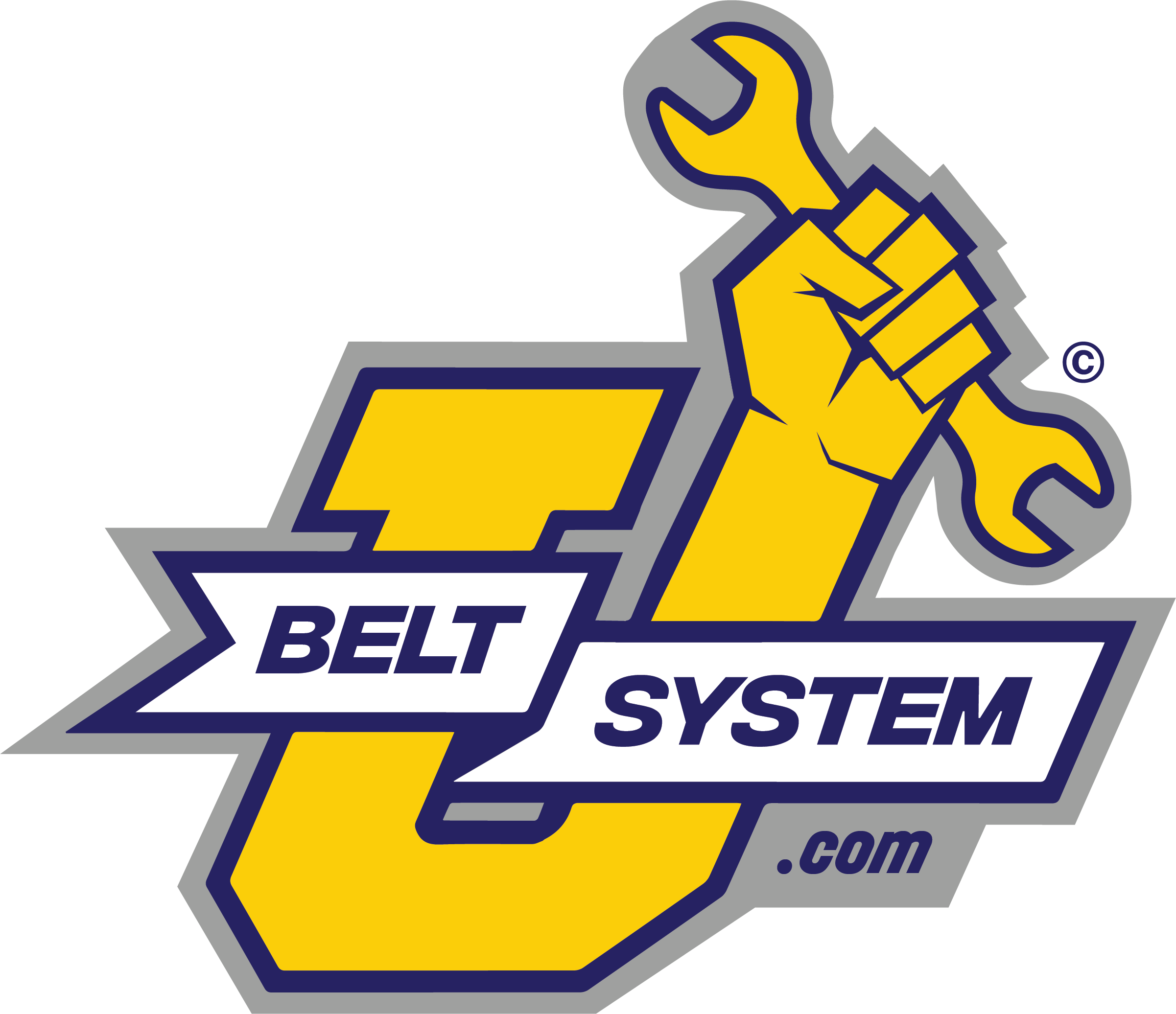Drive belts are among the most interesting aspects of your engine. They’re also one of the most important to keep an eye on, as a sudden belt failure could leave you stranded far from home. While the principles behind different types of drive belts remain the same, their design has had many changes over the past few decades. This in-depth look showcases a couple of notable designs – multi-ribbed belts and serpentine belts.
Multi-Ribbed V-Belts: A Blast from the Past
Prior to the popularity of transverse-mounted engines and front-wheel-drive cars, V-belts were a common sight in most engine bays. Older V-belt designs featured a single V-shaped rib that helped the belt maintain contact with the engine accessory pulleys. This design eventually gave way to belts with multiple grooves on their contact surfaces.
Multi-ribbed V-belts are much thinner than their chunkier V-belt brethren. Not only does the thinner design help save material, but the belt itself also generates less heat while offering better flexibility. The multiple ribs also offer a better grip, reducing power-robbing slippage. The only downside to these belts is the need for multiple belts to properly run groups of engine accessories. The upcoming serpentine belt consolidated these belts in favor of a cleaner and more compact arrangement.
Serpentine Belts: The Modern Standard
With smaller engine bays and tighter accessory packaging becoming the new standard, manufacturers have largely moved on from multiple V-belts to serpentine accessory belts. Unlike traditional V-belts, serpentine belts allow for more complex yet compact belt routing. A tighter belt routing driven by a single belt is a boon for modern vehicles with smaller engine bays that demand more compact accessory arrangements.
Most belts have grooves on just one side, although some designs may feature grooves on both. Serpentine belts are also much wider and thicker than their V-belt counterparts. Serpentine belts are also much longer than traditional V-belts, given that the serpentine belt must drive each and every engine accessory. Idler pulleys help guide the belt along with its designated routing.
Serpentine belts also rely on a spring-loaded tensioner to maintain constant tension on the belt. The tensioner’s force keeps the serpentine belt in place – neither the belt nor the tensioner requires manual adjustment.
Which Should I Get?
The type of belt you’ll need depends entirely on your vehicle. Expect the overwhelming majority of modern vehicles to use serpentine belts. Older vehicles, especially those with longitudinal V6 and V8 engines, are more likely to use older multi-ribbed V-belt technology. Choosing the right type of belt is crucial if you want your vehicle to run properly.






